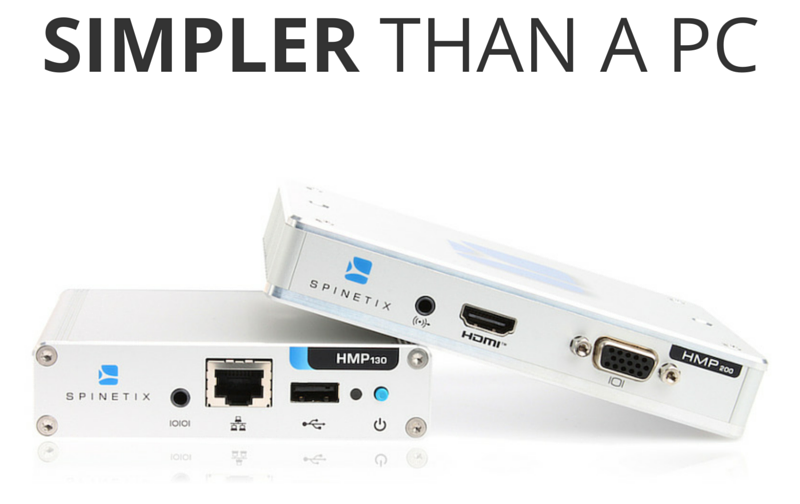Digital signage hardware is one of the key components of any digital signage implementation. However, due to the wide range of choices in terms of display types, software, and features, it can be difficult to know where to start when planning your digital signage project. In this article, we’ll discuss what hardware you need to get your displays up and running, as well as how much it will cost and where you can buy it from. We’ll also discuss some additional equipment you might want to add later on to improve your digital signage experience or make things easier in other areas such as production, maintenance or performance management.
Creating A Budget:
The good news is that digital signage hardware can be purchased at a variety of price points, depending on your needs. These are the most essential items for the start-up business:
- digital signage player ($1,000)
- camera ($200)
- computer with a projector ($700)
- wired or wireless mouse and keyboard (free, but we recommend spending $100)
What Kind Of Display Do I Need?
There are three types of displays that you can use for your digital signage: LCD, LED, and plasma. Each has its own advantages and disadvantages. Let’s start with the LCD displays. These are the most commonly used type of display because they’re fairly inexpensive, lightweight, and easy to install. They also have a wide viewing angle which makes them ideal for digital signs in public places such as restaurants, supermarkets, or airports. One disadvantage is that they don’t have very good color reproduction so if you’re using it for graphics or photographs you’ll want to make sure there’s adequate lighting in the area.
Where Do I Buy Them From?
Buying digital signage hardware can be intimidating, especially when you’re not sure where to start. Thankfully, there are plenty of great resources that can help you find the best displays for your needs at a price that is right for your business and budget. When it comes time to buy digital signage hardware, we suggest taking the following steps:
1) Determine what kind of display you need: 2) Find out what size and resolution would work best in your space: 3) Consider how many displays will work well with other applications in the space such as video conferencing or security systems.
Once you know what kind of display(s) you’ll need, it’s time to figure out who has those items available for sale.
What About My Software?
The software needed for digital signage is not much different from the software used on a computer or even your phone. You need a media player that can play video and audio, a content management system (CMS) to organize and display your content, and some type of graphics editor. There are many free open-source CMSs available such as Joomla and WordPress, but there are also commercial options like ZNetLive and vids. These two CMSs are very similar but zenexlive offers more features out of the box than Vidsy does. Video editing programs are also an essential component of any digital signage installation. A full list of these programs with download links can be found here
How Many Do I Need?
How many displays you need depends on your budget and the size of the space they are going in. At a minimum, you will need one display for each screen and a media player for each display. It’s best to round up when buying because displays can be very expensive, so getting one more is not going to hurt your budget. You will also want an external hard drive to store content on, or at least a thumb drive for emergencies.
Mounting Options:
Mounting your displays can be a tough decision. If you’re looking for a simple solution and don’t want the cables running across the floor, then desk mounts are a good option. Desk mounts come in many different shapes and sizes, so you’ll need to measure your desk and choose the mount that will best fit it. A good rule of thumb is that if your desk is at least 18 inches deep, you should be able to find a mount that fits it without any issues.
Connectivity Options:
A traditional digital signage setup would have a single computer connected to a monitor or TV. In this configuration, the computer will be running the digital signage software and outputting video, audio and graphics. This setup works well for small businesses that want their signage on one screen in a lobby or waiting area.
If you’re planning on deploying multiple displays at your business, you’ll need a computer dedicated to each display. You can either use inexpensive PCs with onboard graphics or high-end GPUs with external video cards.
Examples Of Installation Setups:
The most common way of installing digital signage is with a TV or monitor mounted on the wall. This is perfect for public spaces and can be easily updated by simply unplugging the display and plugging in another one.
The second, most common way of installing digital signage is with a single monitor on top of an employee’s desk. This allows for easy updates and displays large amounts of content at once.
The third installation setup, which is typically used in places like restaurants and bars, consists of two or three monitors set up side-by-side. These are typically placed at eye level for guests who walk into the establishment and allow for easy updating when necessary.

